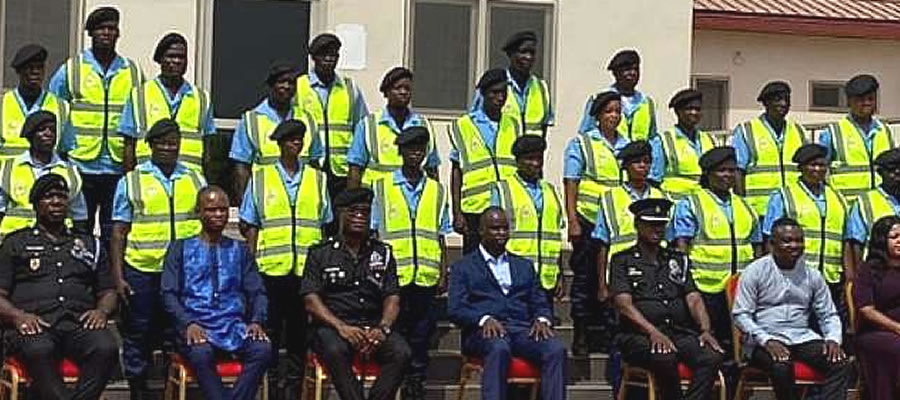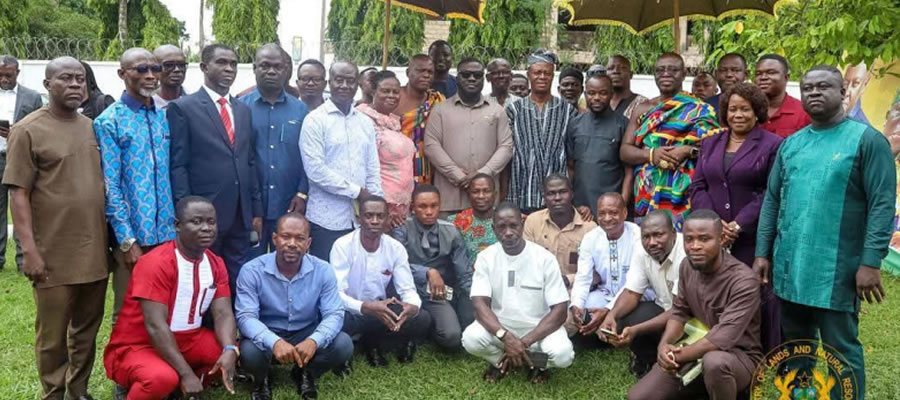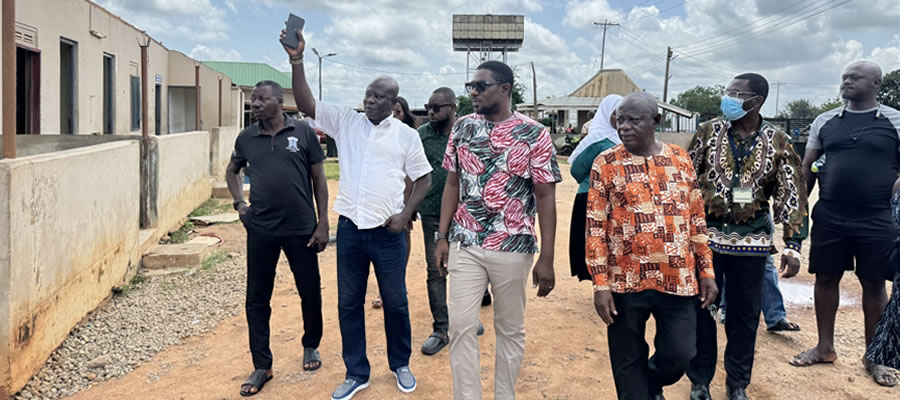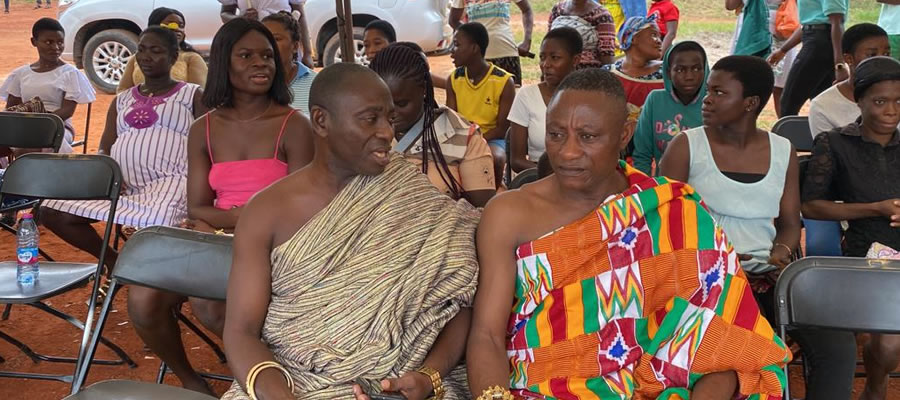

The predominant cultural practices in the District is the Asante culture, it is the culture, being practiced by almost all the people in the region. The main language spoken in the District is Twi, and the most preferred cuisine is fufu. It is prepared with Cassava and Plantain or cocoyam and it is served with soup. Others include Boiled Plantain/Yam/Cocoyam served with stew, Roasted Plantain/Cocoyam that is served with roasted groundnuts.
The cloth is the main traditional attire; it is worn by both male and female to social gatherings like funerals, church, festivals, wedding and naming ceremonies. The main dance is Adowa, kete, and Nwomkro. There are traditional groups in the district, which perform (Sing and Dance) during occasional celebrations.
Funerals, Puberty rites, Festivals (Akwasidae and Awukudae) are important cultural practices of the people in the district. Funerals in the district begins on Thursdays and end on Mondays. The Akwasidae and awuku festivals are celebrated every forth night
The main traditional knowledge in the district is Agriculture (crop farming and Animal rearing, cooking/ food processing, pottery making, Beads making, wood carving, batik Tie & Dye and basket weaving. The cutlass and the basket are the main farming tools for farmers in the district.
Important traditional /historical sites in the District are the Okomfo Anokye Foot Prints at Nkaakom, beads making sites at Daabaa, Asufua and Asamang. Measures are required promote and preserve the culture values of the people in the district.
Tourism Attractions
The district has numerous tourism sites which continue to attract visitors from far and near. We intend to promote tourism to a level where it will not only serve as recreation and entertainment for visitors but also go a long way to boost the economy of the district.
Atwima Nwabiagya Municipal has many places as tourist centers, and the notable ones amongst them are the Barekese and Owabi Dams. These are the two water works that supply the Kumasi Metropolis with portable drinking water. Constructed on the Offin and Owabi rivers respectively, these dams are critical to water supply to the district and other districts. Visitors are taken round to see how the water is purified in addition to other technical details, before it is pumped out to consumers. The tour has been designed to take visitors close to the dam itself.
Eco-tourism is also of great prominence in the district. Major forests reserves and wildlife sanctuaries such as the Tano- Offin Forest Reserve, Gyamera Forest Reserve offer a great adventure for visitors who want to enjoy the serenity of a virgin forest containing diverse species of plants and birds. Various species of butterflies can also be found at these places.
Tourists can also visit the famous Okomfo Anokye footprints at Nkakom. Tradition has it that the acclaimed Okomfo Anokye stepped on a flat rock and left his foots prints on it. The district can also boast of an agriculture fair site which includes 5 large ponds which will attract visitors interested in aquaculture.
Indigenes living near these tourist centres are very friendly and hospitable to visitors. Tourist can interact freely with them and learn more from them. Organised groups can also schedule meetings with the chiefs of these communities. Hiking uphill around the Barekese area offers an exciting outdoor leisure experience.
Nevertheless, Tourism is not fully developed in the district. For this reason, though, Tourism is the third largest foreign exchange earner in the country; Atwima Nwabiagya Municipal gets virtually nothing in terms of revenue from Tourism. Despite the poor performance of the district in Tourism development, the district has some potential. Plans are underway to expose more tourism potentials within the district to open up the tourism industry.
Date Created : 11/24/2017 3:26:03 AM












 facebook
facebook
 twitter
twitter
 Youtube
Youtube
 +233 593 831 280
+233 593 831 280 0800 430 430
0800 430 430 GPS: GE-231-4383
GPS: GE-231-4383 info@ghanadistricts.com
info@ghanadistricts.com Box GP1044, Accra, Ghana
Box GP1044, Accra, Ghana